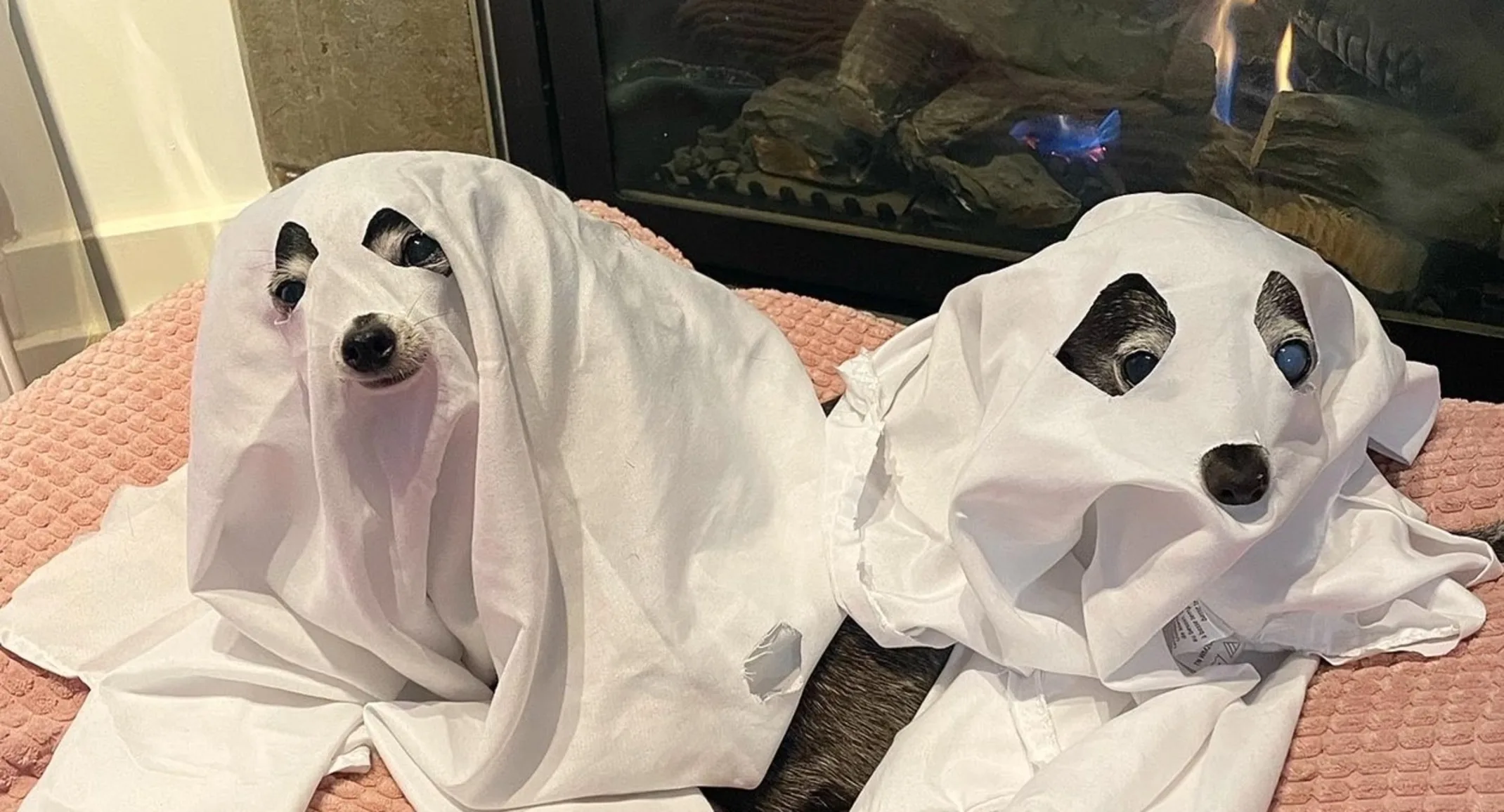Halloween is supposed to be scary, but haunted houses, horror movies, and spooky costumes are nothing compared to the fear that comes from an unexpected pet emergency. Like many holidays, Halloween is enjoyable for people, but pets don’t understand that the strange sights and sounds are all in good fun. Don’t let your Halloween festivities turn into a pet nightmare. Use these four tips from Mountainside 24/7 Animal Emergency to avoid potential hazards and keep your pet safe.
#1: Keep your pet’s paws off Halloween candy
Sweets abound this time of year, and pets are no better than people at resisting the temptation. Unfortunately, many Halloween treats contain ingredients that are harmful to pets, including:
Chocolate — Chocolate contains theobromine and caffeine that stimulate your pet’s nervous system and increase their epinephrine levels, causing restlessness, vomiting, and diarrhea. While dark and bitter chocolate are the most toxic for pets, chocolate in any form or quantity can cause gastrointestinal (GI) upset (e.g., vomiting and diarrhea) and pancreatitis.
Raisins — Chocolate-covered raisins are a popular candy, and some houses may give trick-or-treaters raisins as a healthy alternative to candy. However, grapes and raisins are highly toxic for pets and can cause kidney failure.
Nuts — All nuts are high in fat and can cause GI upset and pancreatitis and macadamia nuts are especially toxic to pets.
If your pet ingests a toxic substance, immediately contact Mountainside 24/7 Animal Emergency or the Pet Poison Helpline.
#2: Don’t get ghosted by your pet
The parade of costumed trick-or-treaters at your door is adorable, but the ringing doorbell and barrage of strangers can strike terror in pets. Frightened pets may dart through an open door and become lost or injured, so it’s essential to block your pet’s access. Keep your pet in a quiet room or in their crate with a few favorite toys and special treats to ensure they are secure. Before the trick-or-treating commences, take your pet on a long walk to wear off nervous energy, and turn on soft music to muffle the sounds outside. If your pet is highly anxious and triggered by the doorbell, try sitting outside to pass out candy.
Because this holiday presents so many opportunities for a pet to get lost, ensure your pet is properly identified:
Microchip your pet — Microchipping provides your pet with permanent identification and can help your pet get home quickly if they go missing. For microchipped pets, ensure your contact information is accurate in the registry’s database. If your pet needs a microchip, schedule an appointment with your family veterinarian for this quick and easy procedure.
Check your pet’s collar and tags — Ensure your pet’s collar is secure and your contact information is up to date on their identification tags. Together, identification tags and a microchip ensure you can be reunited with a lost pet.
Keep your pet leashed — While most pets prefer to spend Halloween indoors if you do take your pet outside, ensure you keep them leashed and by your side.
#3: Protect your pet from dangerous decorations
You may be vying for the scariest house on the block award, but don’t let your efforts to strike fear in trick-or-treaters land your pet in the emergency room. Take precautions to keep your pet safe from potentially hazardous decorations, including:
Candles — Lit candles create a spooky ambiance, but a misplaced paw or tail can quickly lead to disaster, causing a fire.
Lights — Some pets can’t resist chewing on wires. Keep electrical wires away from your pet to prevent them from getting shocked.
Choking hazards —Curious pets like to investigate with their mouths, and decorations that can be swallowed, such as corn cobs and plastic spiders, can cause a GI blockage that may require surgical intervention.
#4: Ensure your pet’s costume is safe
Four-legged pumpkins and hotdogs are cute, but before you dress your pet in a Halloween costume, ensure they are comfortable participating. If your pet seems frightened or stressed, skip the costume and opt for a festive collar instead. If your pet will tolerate a costume, choose a safe costume that meets these safety requirements:
Fits well, and is not too loose or too tight
Does not limit your pet’s mobility
Does not obstruct your pet’s breathing, vision, or hearing
Does not hinder your pet’s ability to vocalize
Has no loose or dangling pieces that could become choking hazards
Halloween should be spooky, but not for your pet. By taking precautions, you can protect your pet from scary and dangerous hazards. If your pet gets into trouble on Halloween, contact our team at Mountainside 24/7 Animal Emergency.

